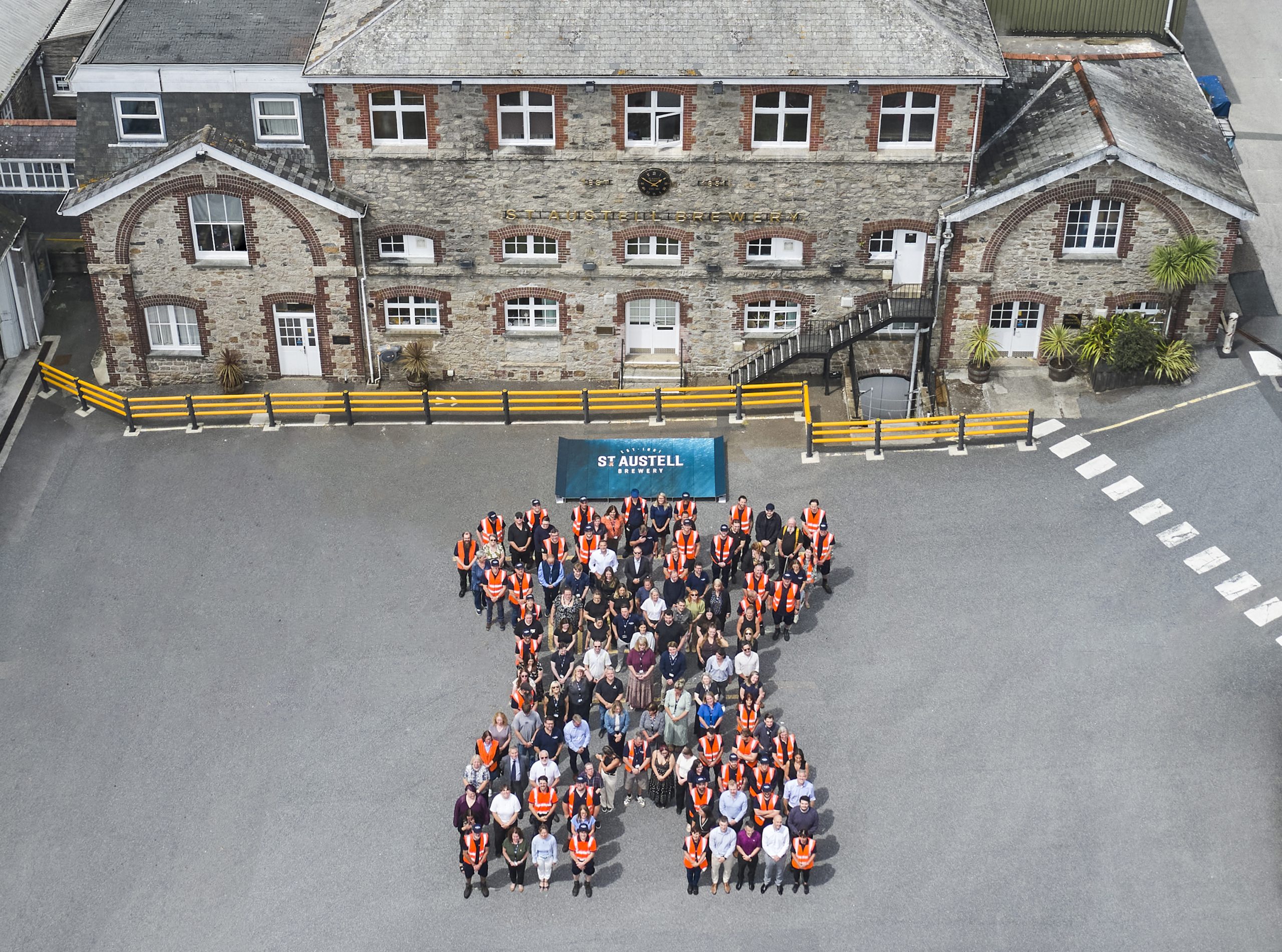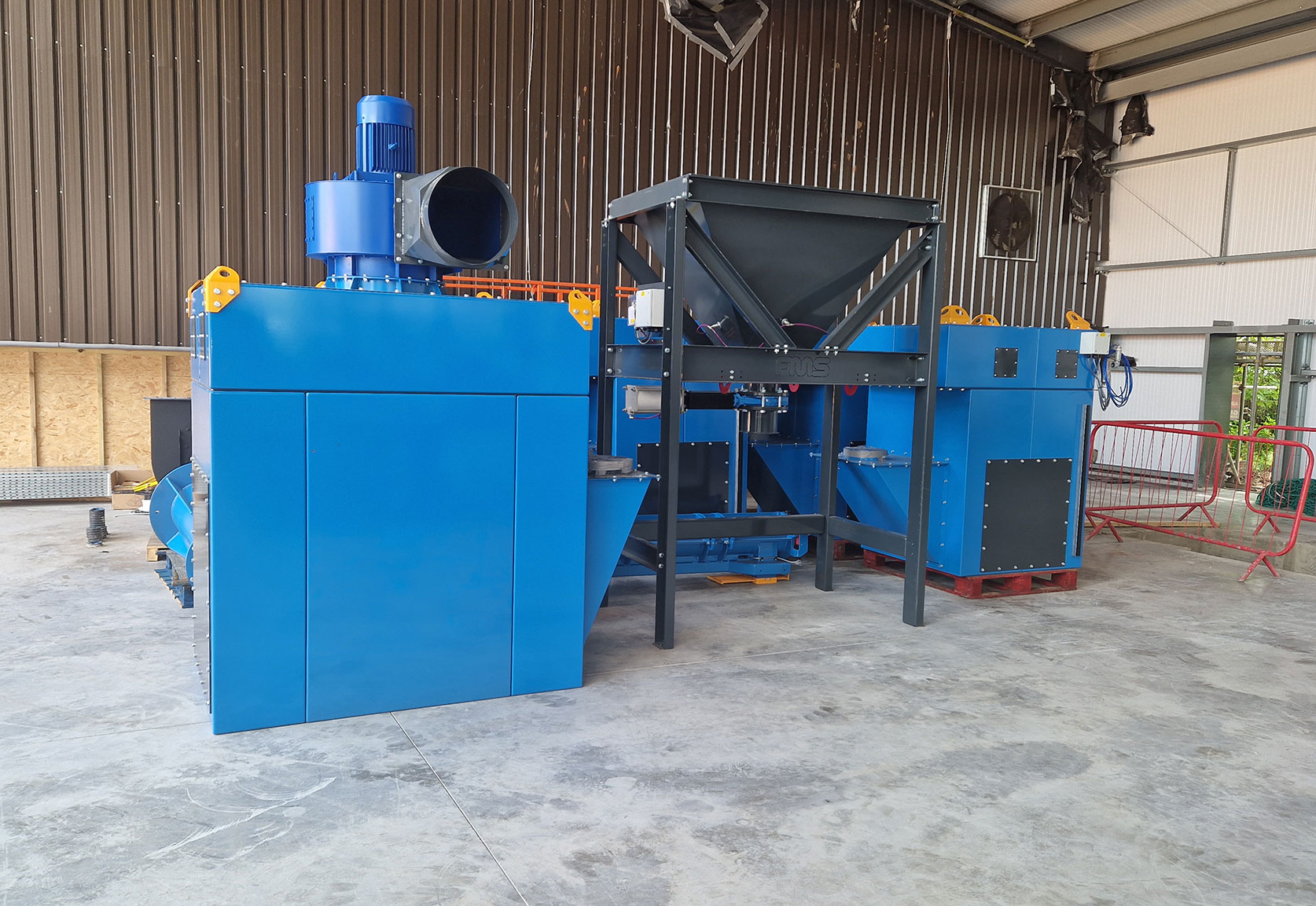As the country descends into the first recession for 11 years, it’s only sensible for business owners to consider the future challenges and opportunities they may be presented with.
Deadlines for the government Coronavirus Business Interruption Loan Scheme (“CBILS”) and Bounce Back Loan Scheme (“BBLS”) applications are fast approaching (September and November respectively), with the first being CBILS on September 30th. Therefore, now is certainly the time to consider your business’ financial requirements.
Why might you need finance?
Finance traditionally fuels growth by allowing businesses to invest in assets, people and systems to improve its future profitability. Due to the current circumstances, many of those who were traditionally growth-orientated businesses have been taking advantage of the government initiatives to assist with their working capital.
With the “new normal” transition coming far more swiftly than expected, it is indeed time to consider the future of your sector and how you pivot your business to maintain and/or create new revenue streams. For the most successful business owners, where feasible, this drastic change will be the catalyst to expand their market share and customer base.
Under government restrictions – will your revenue be impacted? Will this affect your day-to-day cash?
At the same time are you well equipped digitally to open and increase online revenue streams? Have you considered your obstacles to growth? Would new equipment/machinery increase your capacity and ability to service more customers?
These are all common reasons why businesses may borrow, but any reason to grow or sustain your business is a reason you may want to speak to a lender.
Calculating how much you need
This can often be a challenge – the circle of thought “is that too much?” “will that do?” “but what if this happens?”. The overall message is be specific, calculate what you can and add a small cushion.
For example, if the scenario is to invest in equipment to stimulate growth, research what equipment you may need online – do not go for the cheapest, nor the most expensive. You want the right equipment that will not break down after a year. Tally up all the costs, including associated costs of operating at increased capacity e.g. utilities, staff and other things that may be specific to your sector.
To support reduced revenues: Create an 18-month cashflow considering a worst-case scenario (no vaccine and some temporary local lockdowns). Whilst this may be a depressing exercise, it gives you an honest “worst case scenario”. Due to numerous factors (seasonality, larger contracts finishing etc.) this will highlight when and by how much you could be in the red. Use the largest negative figure, add a cushion (say around 10-15%), and this should be the figure you apply for.
Then create another aspirational cashflow, amending the top line sales for an “everything goes fairly smoothly” scenario…..you’ll enjoy this one a bit more and it will give lenders the confidence that the application is prudent and safe under usual circumstances.
Determine what is affordable
So you’ve reached your figure, now what? Before applying for finance, it’s worth taking time to decipher what’s realistic and affordable.
For loans, consider your debt service coverage (DSC). This is a handy behind the scenes calculation which loan assessors will be judging you on. It totals what money is left in the business to make debt repayments annually.
Calculations can vary but the most simplistic formula would be: Profit before tax / total of 12 months repayments
For example, if your business makes £50,000 profit per annum, you don’t want your annual repayments to exceed this figure. If you can structure the loan over a longer term, the debt service coverage will increase. This reduces the stress to your business when making repayments and increases the chances of a positive lending decision. Bear in mind most CBILS loans are offered over a maximum of 6 years. Some lenders will have minimum figure for DSC, typically ranging between 1 and 2, however this varies between lenders, sectors and size of the business or loan facility.
This is a “good to know” and to check your in the right ballpark – do not get too hung up on this. Most lenders are happy to have an open affordability conversation with you.
For reduced revenues, consider your cashflow and examine how long you are in the red. If this is a short-term issue – it may prompt you to review your terms with new and existing customers and suppliers. If it’s unavoidable, short term cashflow facilities may be the support your business needs, but make sure you have the ability to fully repay regularly – this should only be a stop gap solution.
Consider your options
Through 2020 lenders have had to adapt themselves, becoming far more focused on previous track record and profitability. With the government recently amending eligibility for businesses “undertaking difficulty”, it means those who may have experienced losses or have a minus figure on their balance sheet are no longer alienated from the schemes.
At the time of writing this article, over 84,000 BBLs have been agreed in the South West, totalling £2.4bn. Whilst the CBIL scheme has seen 4,200 positive outcomes, totalling £920m. Thanks to the government guarantee, businesses are obtaining better terms and rates for unsecured lending than previously available.
If you have identified the need for external finance within your business, now is certainly a good time to explore your options before the September deadline.
BBLs – Application deadline – 4th November 2020
Up to 25% of annual turnover (max £50,000)
No capital or interest payments for 12 months – interest rate 2.5%
Available Forms: Business Loans
CBILS – Application deadline 30th September 2020
£50,001 – £2million
No interest payments for 12 months – interest rates vary between lenders
Available forms: Business loan, invoice finance/factoring, overdraft, cash flow facility.
If you have applied and been unsuccessful, we’d love to talk to you at SWIG Finance. We are a not for profit distribution company, set up to fill the gaps in funding created by mainstream lenders.
If you’d like a broader view of finance options outside of the schemes, I’d recommend visiting the newly launched Finance Hub by Business West. It breaks down every form of funding from equity investment through to business loans, giving key facts and the opportunity to connect with lenders.
About SWIG Finance
SWIG Finance is the South West’s leading Community Development Finance Institution. We are passionate about bringing social and economic benefits to people and places in the South West.
We do this by providing support and finance to Start-ups and growing SMEs that can create and secure employment opportunities.
As the South West’s leading delivery partner for the Start Up Loans Scheme, we can provide start up loans from £500 – £25,000. For more information visit here.
We also have loans from £25,000 to £250,000 available to South West SMEs who cannot access sufficient funding from their bank here.
For an informal discussion about your funding requirements, get in touch with our friendly and professional team to find out how we can help: [email protected] / 01872 227932 or 01872 227930.









